
American Chestnut Tree Revival: Progress and Challenges
The American chestnut tree, once a dominant species in the eastern forests of the United States, played a crucial role in the ecosystem and provided
If you’re interested in gardening or landscaping in Massachusetts, you may want to consider using native plants in your outdoor spaces. Native plants are those that have evolved naturally in a specific region, and they have adapted to the local climate, soil, and wildlife. Using native plants in your garden can provide a range of benefits, from attracting pollinators and birds to reducing the need for water and pesticides.
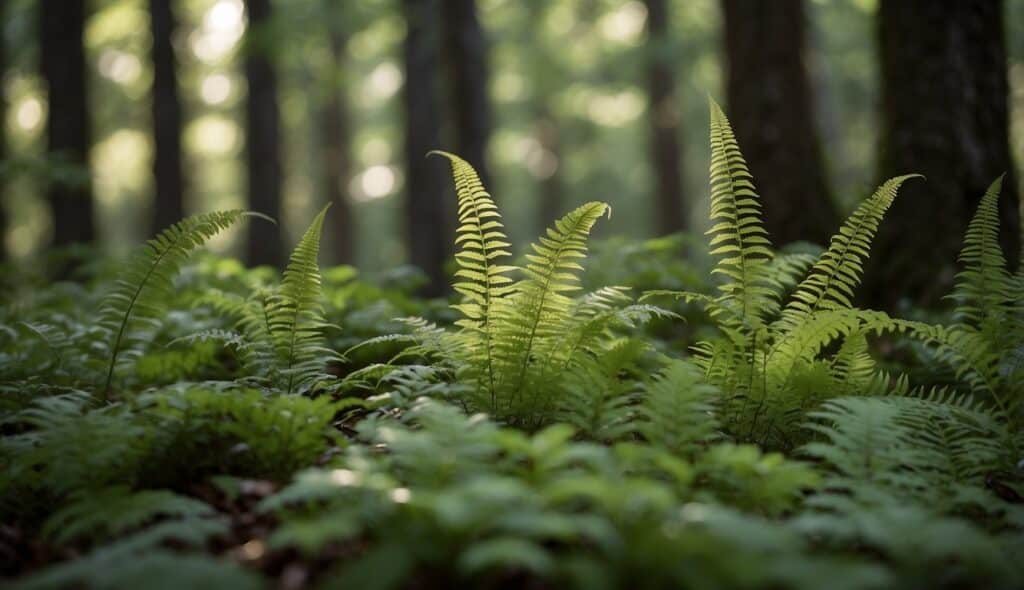
In Massachusetts, there are many species of native plants that you can choose from, including trees, shrubs, perennials, and wildflowers. These plants can be found in a variety of habitats, such as woodlands, meadows, wetlands, and coastal areas. By using native plants in your garden, you can help support the state’s biodiversity and ecosystems, as well as create a beautiful and sustainable landscape.
If you’re looking for a way to support local wildlife, adapt to regional climate, and reduce your maintenance requirements, then planting native species is the way to go. Here are some of the benefits of incorporating native plants into your landscape.
Native plants are a crucial part of the ecosystem and provide food and shelter for local wildlife. By planting native species, you are helping to support the natural food chain and promote biodiversity. Native plants have co-evolved with local wildlife, making them an ideal food source for many species. For example, monarch butterflies rely on native milkweed plants for their survival. By planting milkweed in your garden, you can help support this endangered species.
Native plants are adapted to the local climate and are better able to withstand extreme weather conditions. They have developed natural defenses against pests and diseases, making them more resilient than non-native species. By planting native plants, you can help mitigate the effects of climate change and reduce the need for water and chemical inputs.
Native plants require little maintenance once established, making them a great choice for busy homeowners. They are adapted to the local soil and climate, so they don’t need fertilizers or pesticides. They also require less watering than non-native species, which can help reduce your water bill.
Overall, incorporating native plants into your landscape is a great way to support local wildlife, adapt to regional climate, and reduce your maintenance requirements. By choosing native species, you can create a beautiful and sustainable landscape that will thrive for years to come.
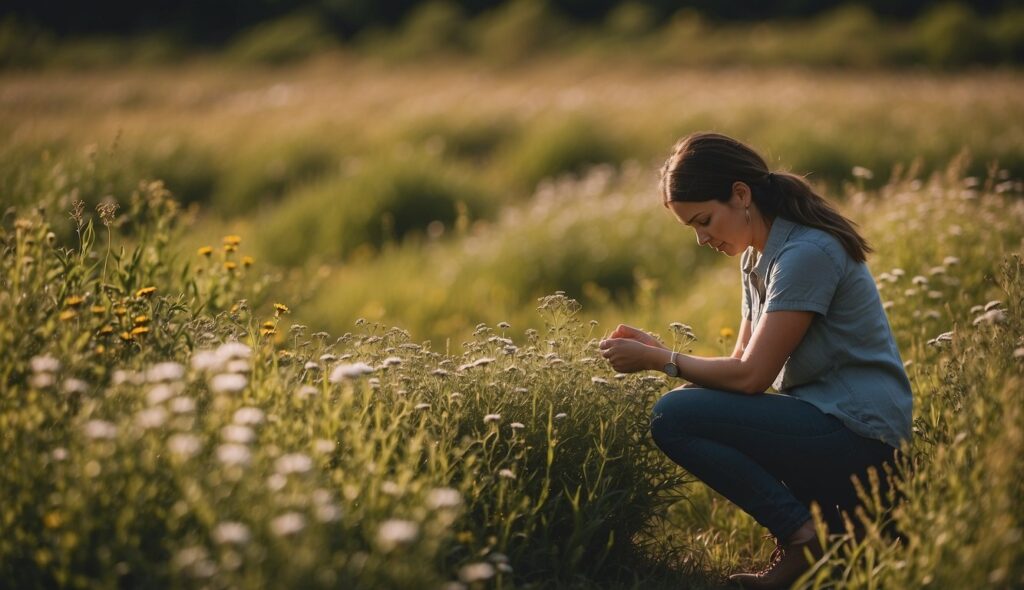
If you’re interested in identifying native plants in Massachusetts, there are several key species to look out for. Here are some common native trees, flowering plants, and grasses/ferns to keep an eye out for.
Massachusetts is home to a variety of native trees, including the red maple, birch, and several types of maple. These trees are known for their hardiness and adaptability to the local climate. When identifying native trees, you’ll want to look at the shape and texture of the leaves, as well as the overall size and shape of the tree itself.
Native flowering plants are an important part of the Massachusetts ecosystem, providing food and shelter for a variety of wildlife. Some common native flowering plants include wild columbine, purple coneflower, and black-eyed Susan. When identifying these plants, pay attention to the shape and color of the flowers, as well as the shape and texture of the leaves.
Grasses and ferns are often overlooked when it comes to identifying native plants, but they play an important role in the local ecosystem. Some common native grasses and ferns in Massachusetts include big bluestem, switchgrass, and cinnamon fern. When identifying these plants, pay attention to the shape and texture of the leaves, as well as the overall size and shape of the plant.
Overall, identifying native plants in Massachusetts can be a rewarding and educational experience. By learning more about the local flora, you can gain a deeper appreciation for the natural beauty of the state and the important role that native plants play in the ecosystem.
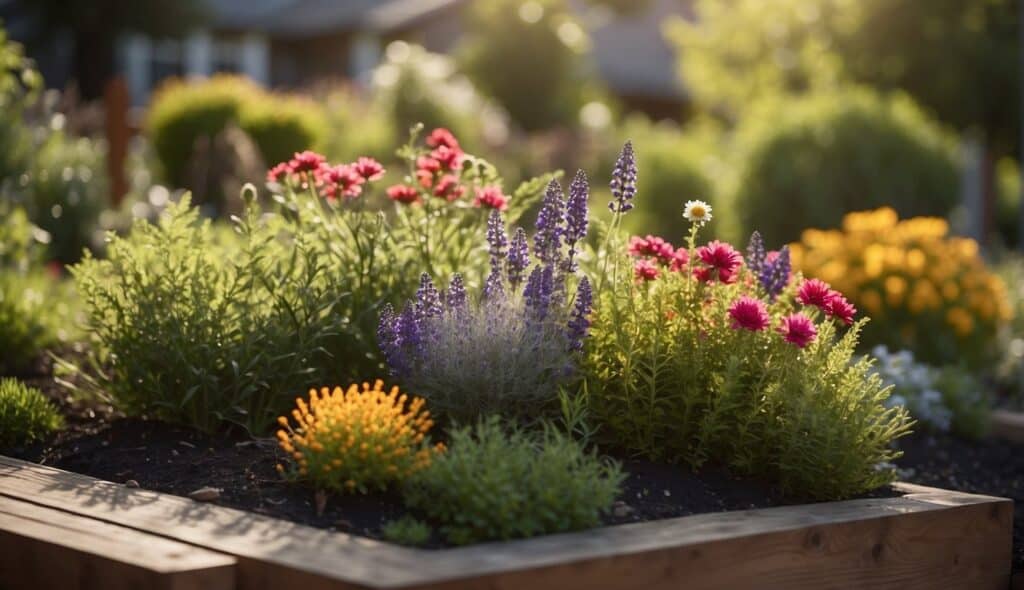
If you’re looking to create a garden that is both beautiful and sustainable, a native plant garden is a great option. By using plants that are native to Massachusetts, you can help support local ecosystems and reduce the need for excessive water and fertilizer.
Before you start planting, it’s important to plan out your garden’s design. Consider the amount of sun and shade your garden receives and choose plants accordingly. You should also take into account the moisture level of your soil and choose plants that are suited to those conditions.
When designing your garden, think about how you want to use the space. Do you want to create a habitat for local wildlife, or do you want to focus on creating a visually appealing landscape? By considering these factors, you can create a garden that is both functional and beautiful.
When selecting plants for your native plant garden, it’s important to choose species that are well-suited to your specific location. Look for plants that are native to the region and that are adapted to the soil, sun, and moisture conditions of your garden.
Consider the landscape use of the plants you choose. Some plants are great for creating groundcover, while others are better suited to adding height and texture to your garden. By choosing a variety of plants, you can create a diverse and visually appealing landscape.
Once you’ve selected your plants, it’s time to start planting. Make sure to give each plant enough space to grow and thrive. You should also be sure to water your plants regularly, especially during the first few weeks after planting.
To keep your native plant garden looking its best, it’s important to maintain it properly. This may include removing weeds, pruning plants as needed, and fertilizing with organic materials. By following these tips, you can create a beautiful and sustainable garden that supports local ecosystems.
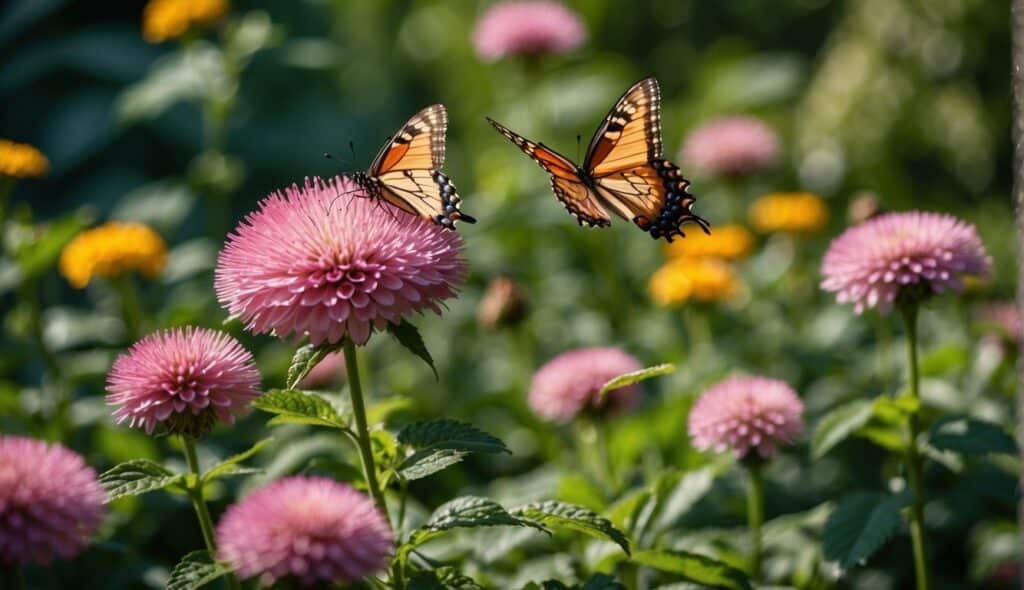
If you want to create a wildlife-friendly garden in Massachusetts, consider planting native plants that provide food and shelter for local wildlife. Here are some native plants that can help attract pollinators, birds, and butterflies to your garden.
Pollinators, such as bees and native bees, are essential for the health of our ecosystems and food systems. By planting native plants that provide nectar and pollen, you can help attract and support these important creatures.
Some native plants that are particularly attractive to pollinators include:
Birds are not only beautiful to watch, but they also help control insect populations and spread seeds. By planting native plants that provide food and shelter, you can attract a variety of songbirds and hummingbirds to your garden.
Some native plants that are particularly attractive to birds include:
If you want to attract butterflies to your garden, you need to provide them with host plants. Host plants are plants that caterpillars eat and depend on for survival. By planting native host plants, you can help support butterfly populations and enjoy their beauty.
Some native host plants for butterflies include:
By incorporating these native plants into your garden, you can create a beautiful and wildlife-friendly habitat that supports local ecosystems.
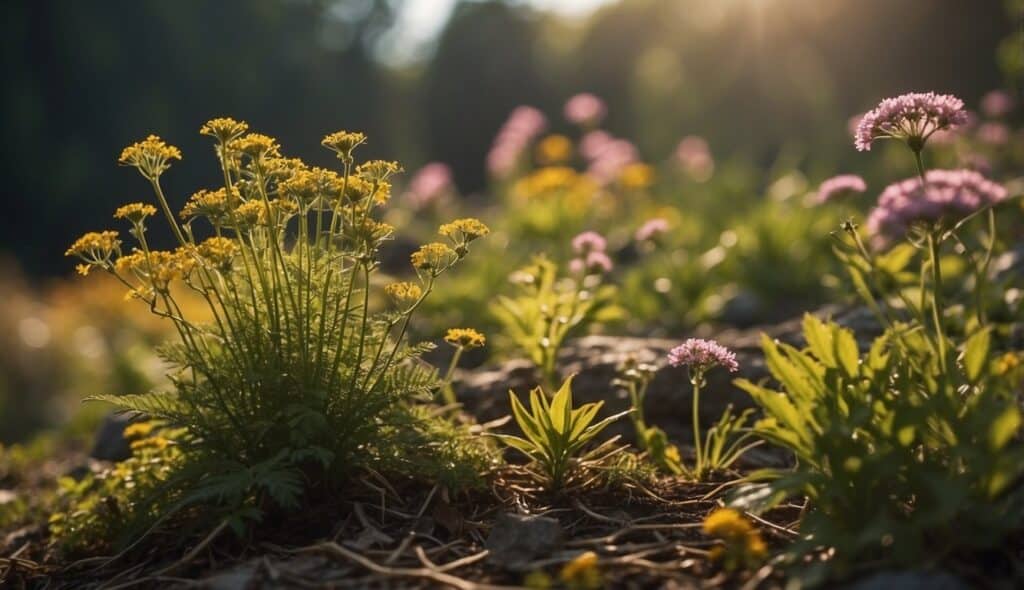
When choosing native plants for your Massachusetts garden, it’s important to consider their seasonal characteristics. Here are some things to keep in mind as you plan your garden:
Many native plants in Massachusetts bloom in the spring and summer, providing a burst of color and attracting pollinators. Some popular options include:
As summer turns to fall, many native plants in Massachusetts put on a show of colorful foliage and berries. Consider adding these to your garden:
Even in the depths of winter, some native plants in Massachusetts can add interest to your garden. Consider these options:
By considering the seasonal characteristics of native plants, you can create a garden that is beautiful and interesting year-round.
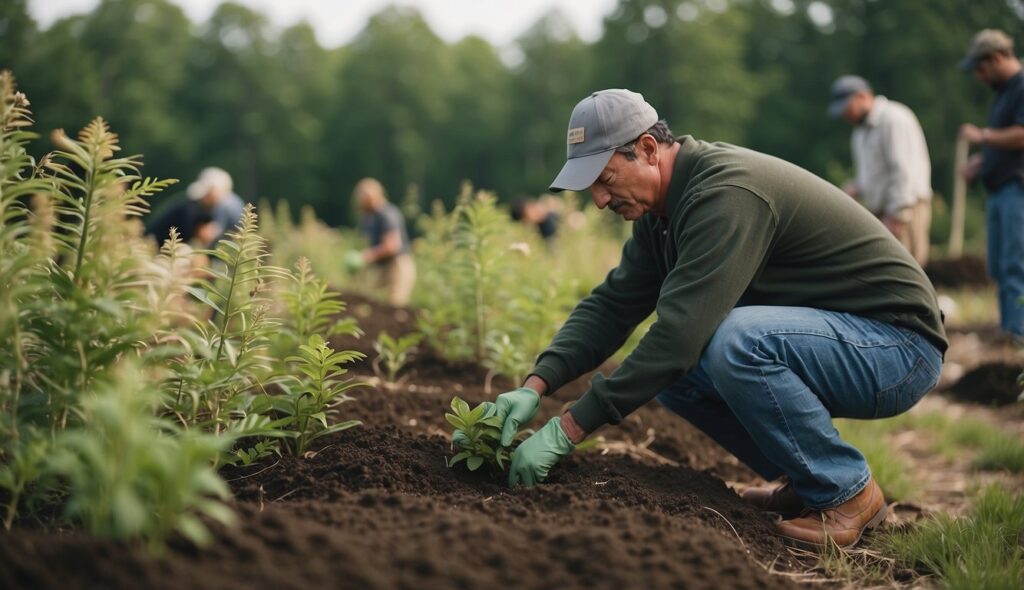
Invasive plants are non-native species that can cause harm to the environment, economy, and human health. They are often introduced accidentally or intentionally and can spread rapidly, outcompeting native plants for resources and disrupting ecosystems. In Massachusetts, invasive species such as Japanese knotweed, garlic mustard, and purple loosestrife pose a significant threat to native plant populations.
One effective way to combat invasive species is to replace them with native plants. Native plants are better adapted to local conditions, provide habitat for wildlife, and support a healthy ecosystem. By removing invasive species and planting native plants, you can help restore the natural balance of your local environment.
Native plant restoration projects are an important tool for conserving and restoring ecosystems in Massachusetts. These projects aim to bring back native plant species that have been lost or degraded due to human activities such as land development, agriculture, and logging.
There are many organizations and agencies in Massachusetts that are involved in native plant restoration projects. For example, the Massachusetts Department of Conservation and Recreation has a program called “Restore the Call” that focuses on restoring habitat for the state bird, the bobolink. The program involves planting native grasses and wildflowers to provide nesting and foraging habitat for the birds.
Another example is the Native Plant Trust, a nonprofit organization that works to conserve and promote native plants in New England. The organization has a number of restoration projects, including a project to restore a native plant community in the Berkshires.
By supporting native plant restoration projects, you can help protect and restore ecosystems in Massachusetts. You can also learn about the importance of native plants and how they contribute to a healthy environment.
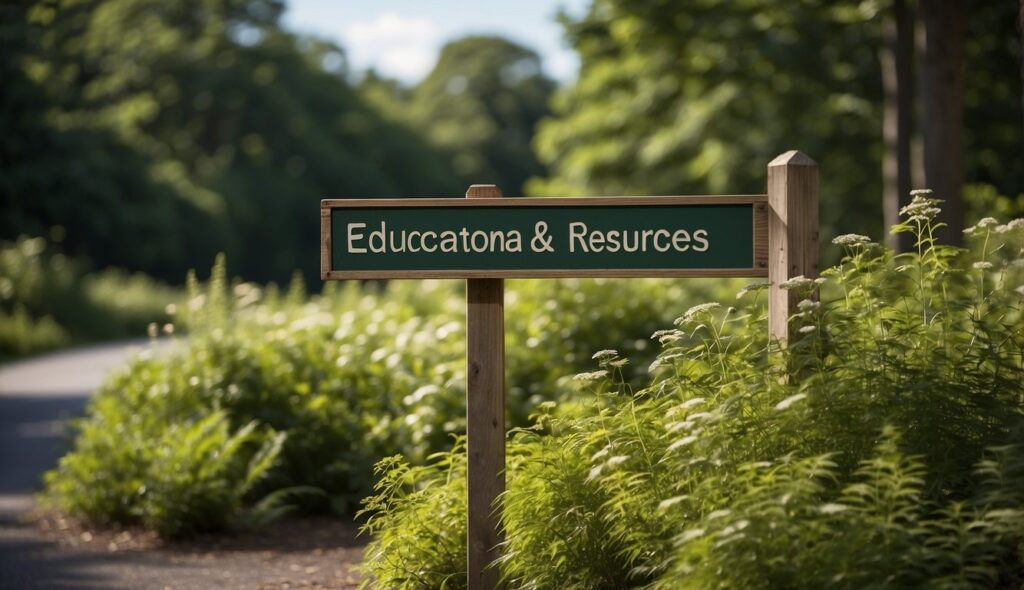
If you are interested in learning more about native plants in Massachusetts, there are several educational resources and places to visit that can provide you with valuable information and inspiration. Here are a few options to consider:
Garden in the Woods, located in Framingham, is a 45-acre botanical garden that features over 1,500 species of native plants. The garden is operated by the New England Wild Flower Society and offers visitors a chance to explore a variety of habitats, including woodlands, wetlands, and meadows. You can take a guided tour, participate in a workshop, or simply stroll through the gardens on your own. The garden also has a gift shop where you can purchase native plants and gardening supplies.
Nasami Farm, located in Whately, is another property operated by the New England Wild Flower Society. This 75-acre property features display gardens, walking trails, and a nursery where you can purchase native plants. The farm also hosts workshops and events throughout the year, including plant sales, lectures, and guided walks.
The New England Wild Flower Society is a non-profit organization dedicated to conserving and promoting native plants in the region. In addition to operating Garden in the Woods and Nasami Farm, the society offers a variety of educational programs, including classes, workshops, and field trips. They also publish a quarterly magazine, “Native Plants Journal,” which features articles on native plant conservation, gardening, and ecology.
Overall, these educational resources and places to visit can provide you with a wealth of information and inspiration for incorporating native plants into your landscape. Whether you are a novice gardener or an experienced horticulturist, there is something for everyone to learn and enjoy.
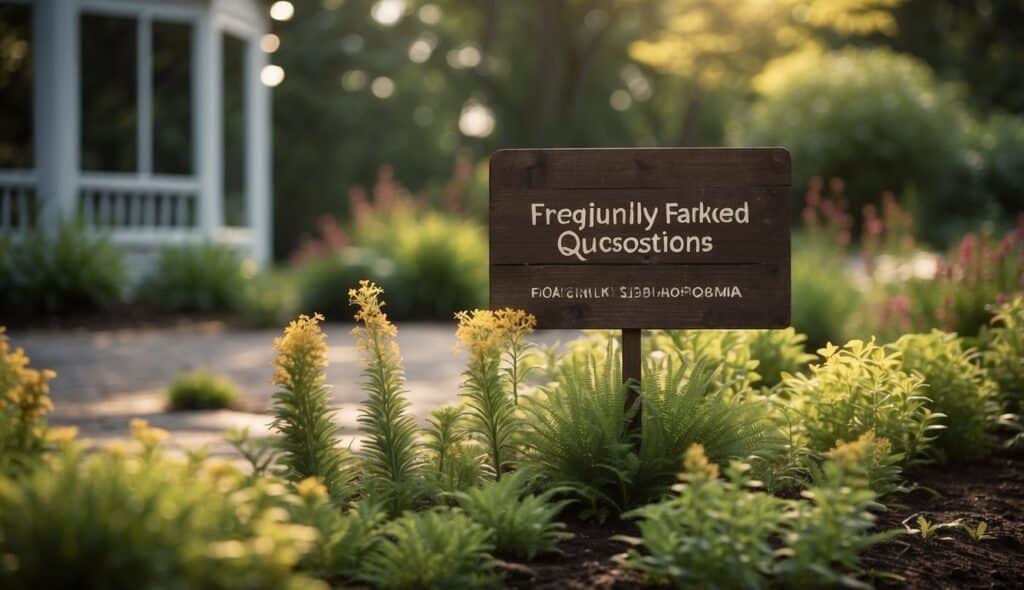
New England is home to a variety of native trees that are well adapted to the region’s climate and soil conditions. Some of the most common native trees found in Massachusetts include the Eastern White Pine, Red Maple, Sugar Maple, American Beech, and White Oak.
There are many native perennials that thrive in Massachusetts, including Black-eyed Susan, Coneflower, Goldenrod, and Milkweed. These plants are well adapted to the region’s climate and soil conditions and require less maintenance than non-native plants.
If you have a shady garden, there are many native plants that can thrive in these conditions. Some popular shade-loving plants include Wild Ginger, Foamflower, Jack-in-the-Pulpit, and Lady Fern.
Identifying native plants in Massachusetts can be challenging, but there are many resources available to help you. One of the best ways to identify native plants is to consult a field guide or online resource that specializes in plants native to the region.
If you want to attract pollinators to your garden, there are many native plants that can help. Some popular options include Butterfly Weed, Joe-Pye Weed, Purple Coneflower, and Wild Bergamot.
There are many effective native plant landscaping strategies for Massachusetts homes, including planting in groupings, using a variety of plants with different bloom times, and incorporating native grasses and shrubs into your design. By using native plants in your landscaping, you can create a beautiful and sustainable garden that supports local ecosystems.

The American chestnut tree, once a dominant species in the eastern forests of the United States, played a crucial role in the ecosystem and provided
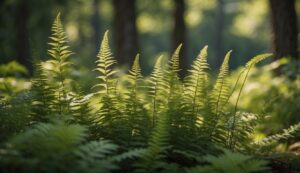
Michigan is home to a wealth of native plants, each uniquely adapted to the state’s varied climates and ecosystems. From the shores of the Great

Creating a garden that caters to bees and butterflies goes beyond mere aesthetics; it is an act of environment stewardship. Pollinators play a crucial role

Pollinators play an essential role in the health of our ecosystems and the production of food crops by aiding in the process of plant reproduction.
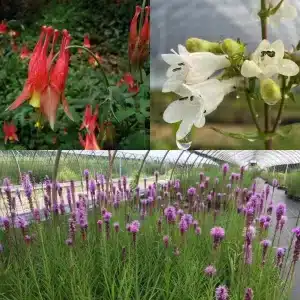
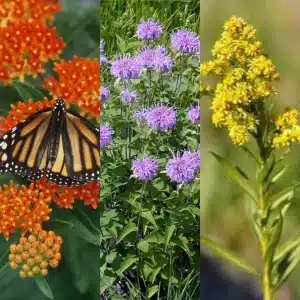
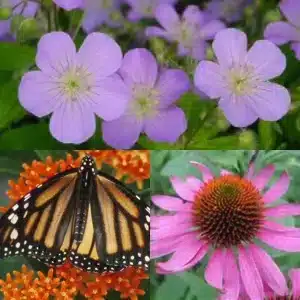
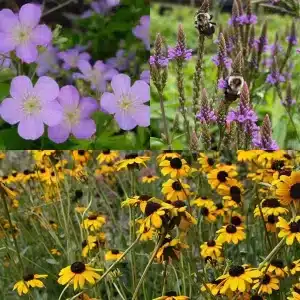
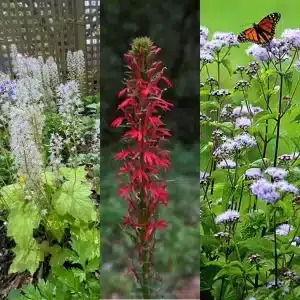
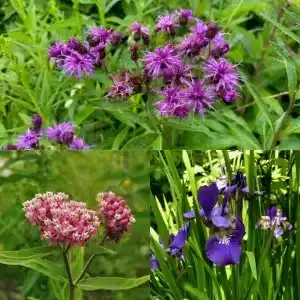
BUYING HIGH QUALITY PLANTS HAS NEVER BEEN EASIER
Our plants are easy to order, plant, and enjoy! Bringing pollinators to your property improves vegetable yields – Feed the bees!
Sign up for our email list!
Copyright © 2024 Bumbee’s | Web design and SEO by Searles Graphics